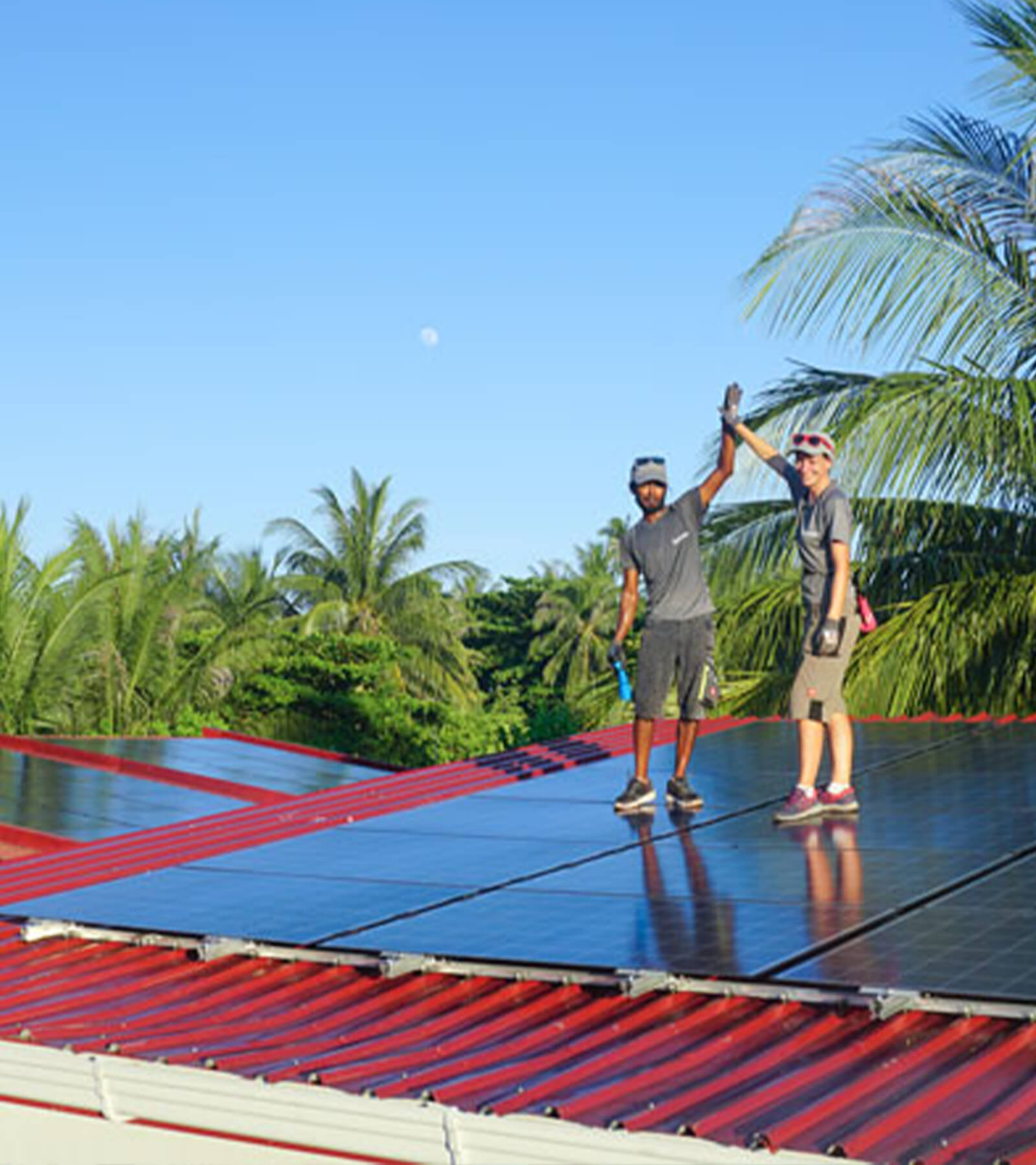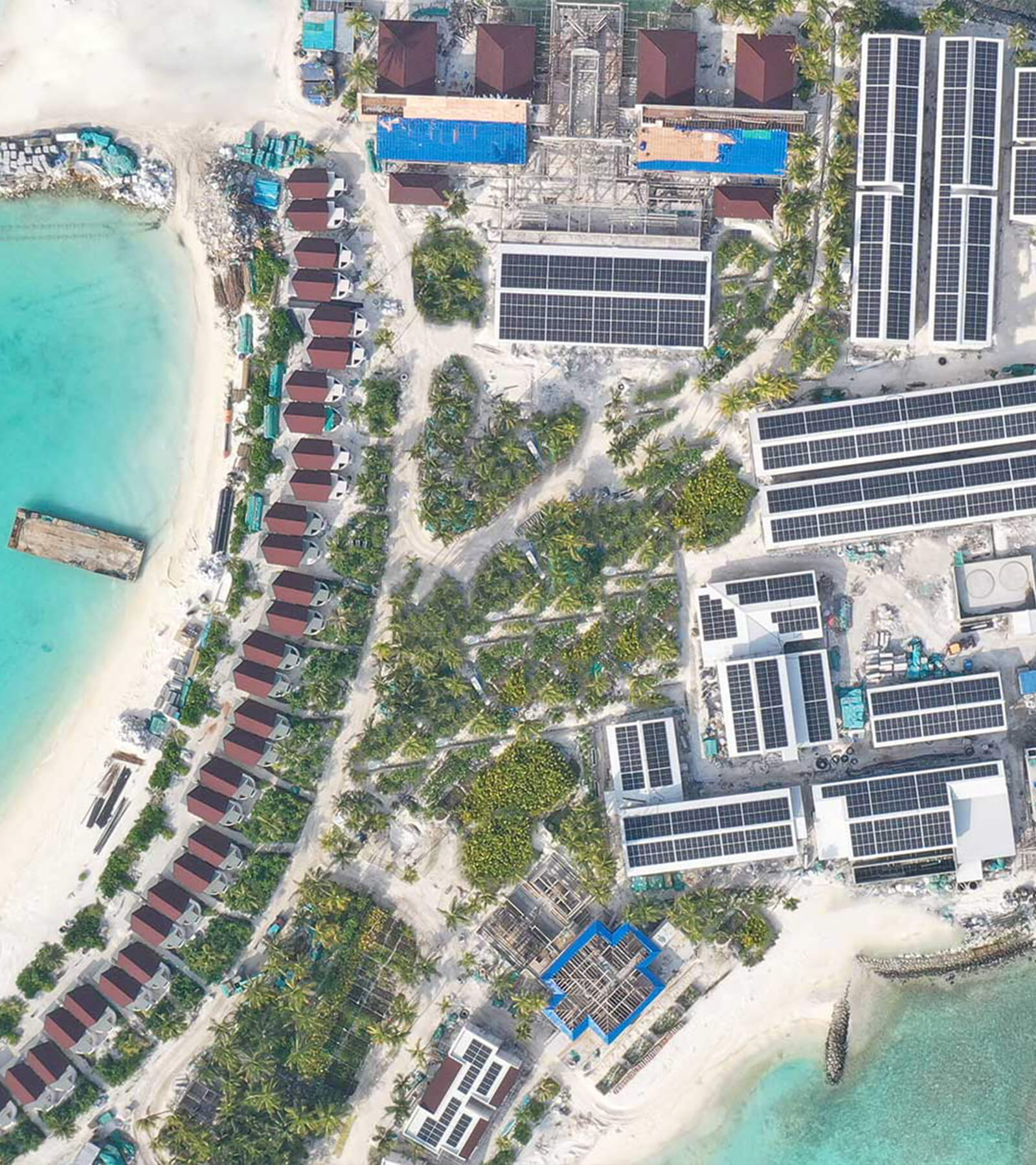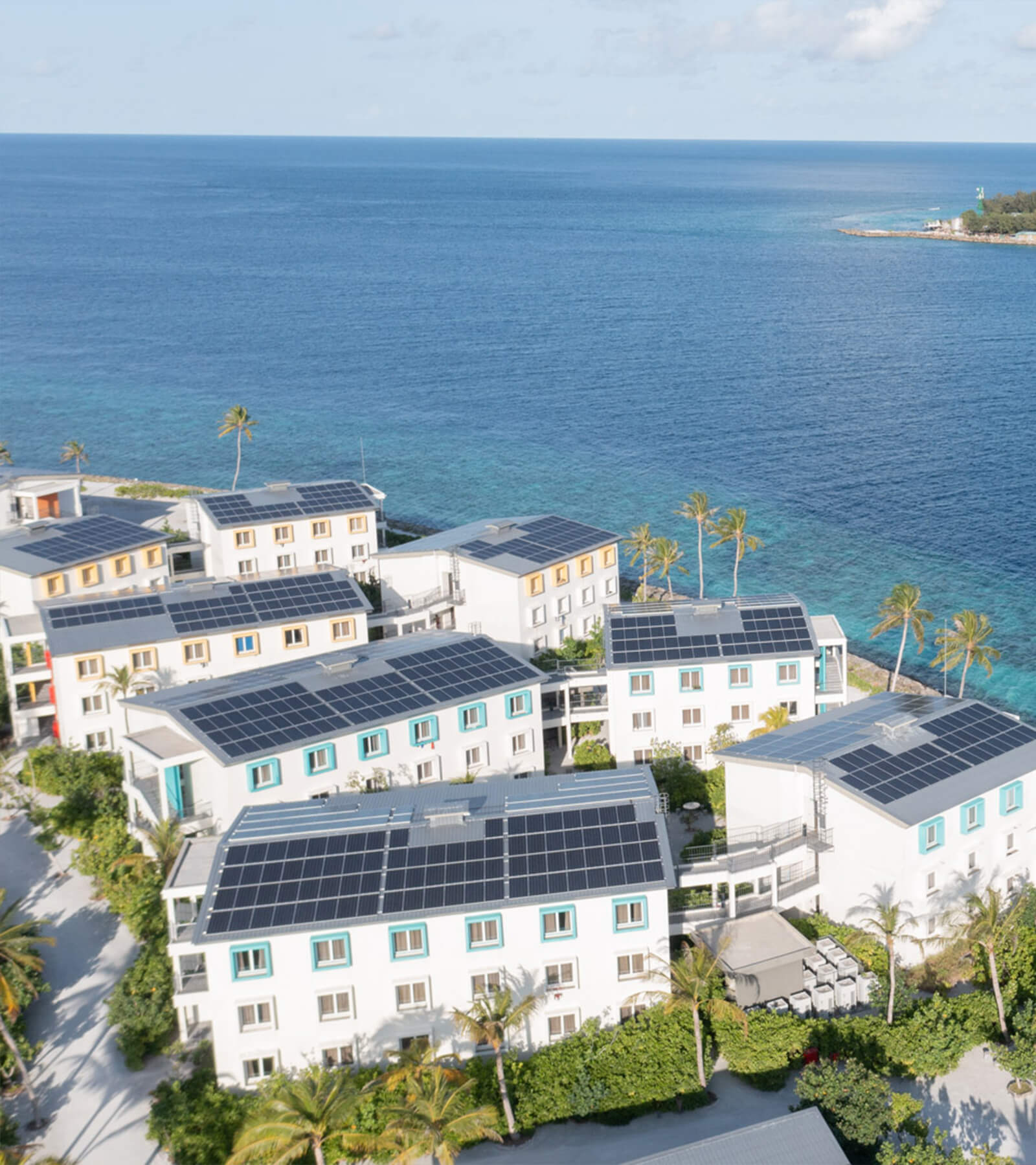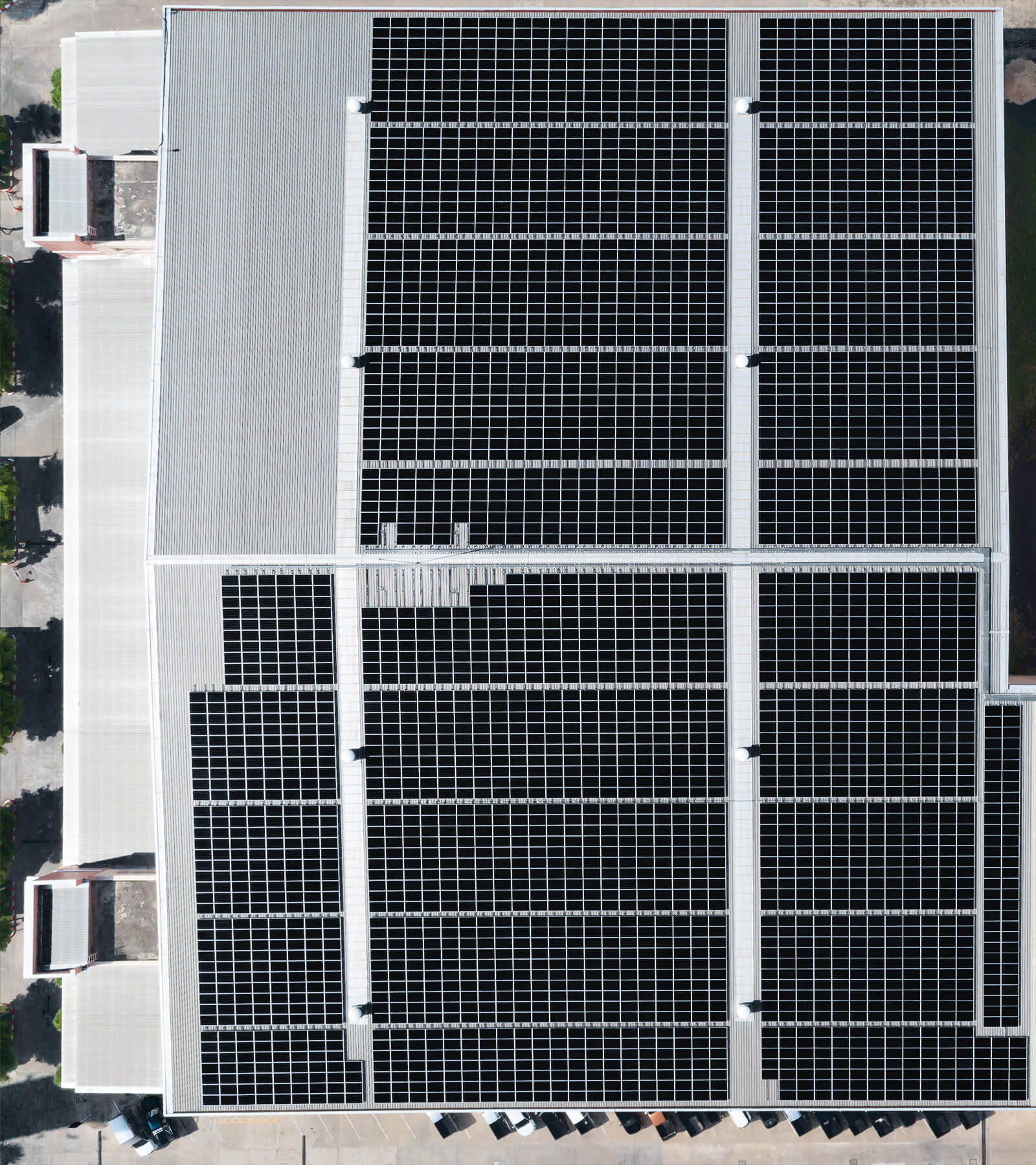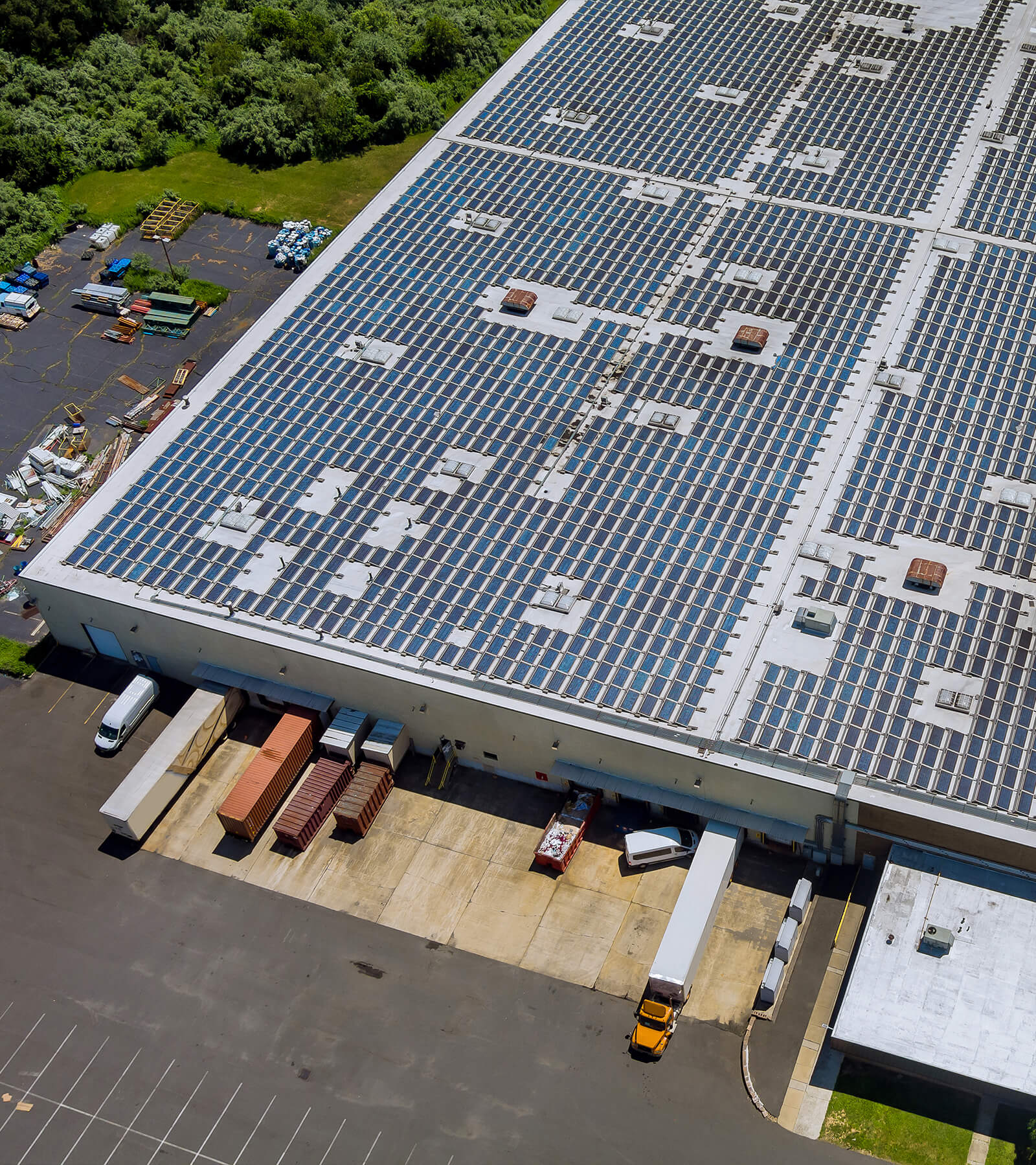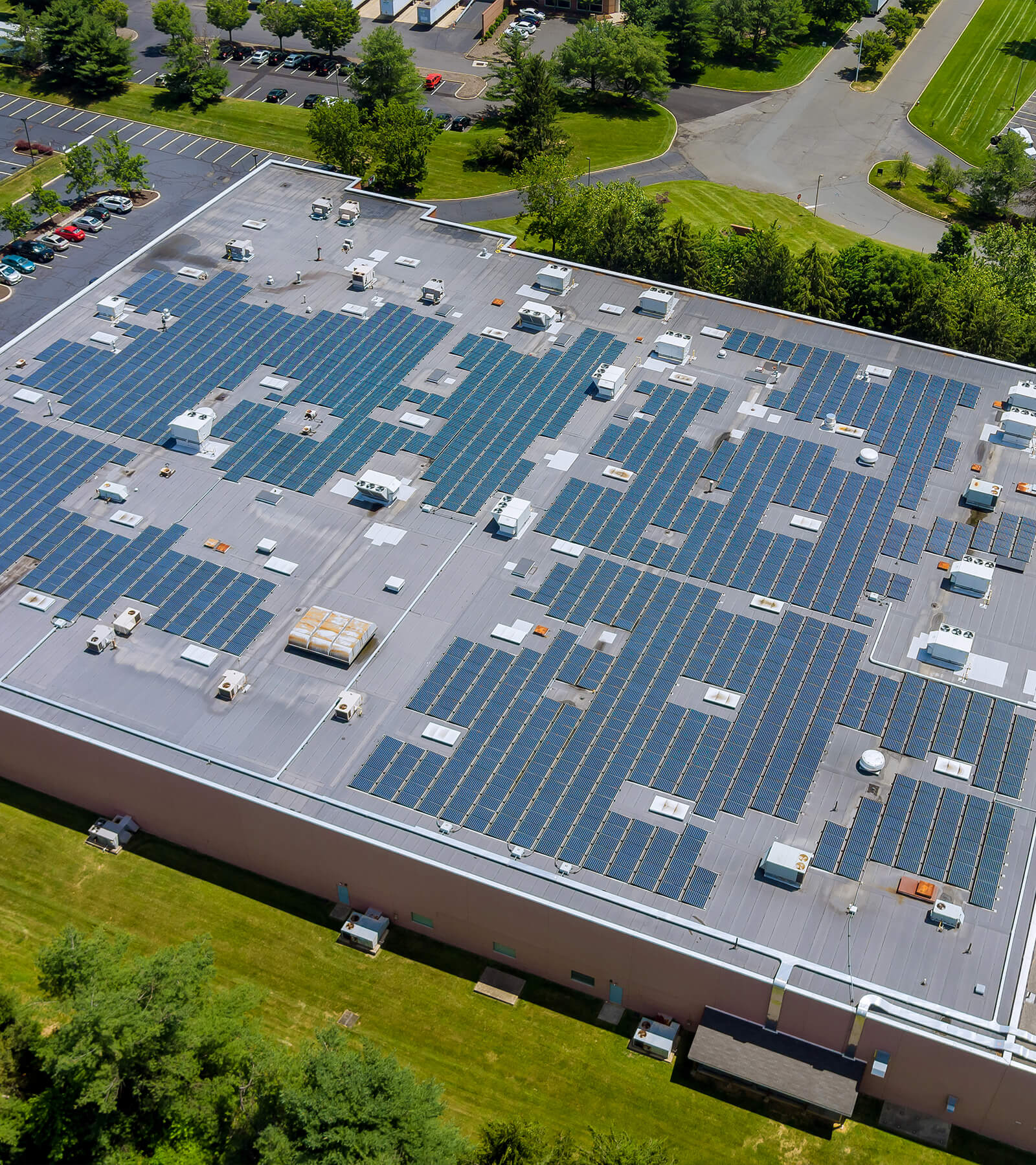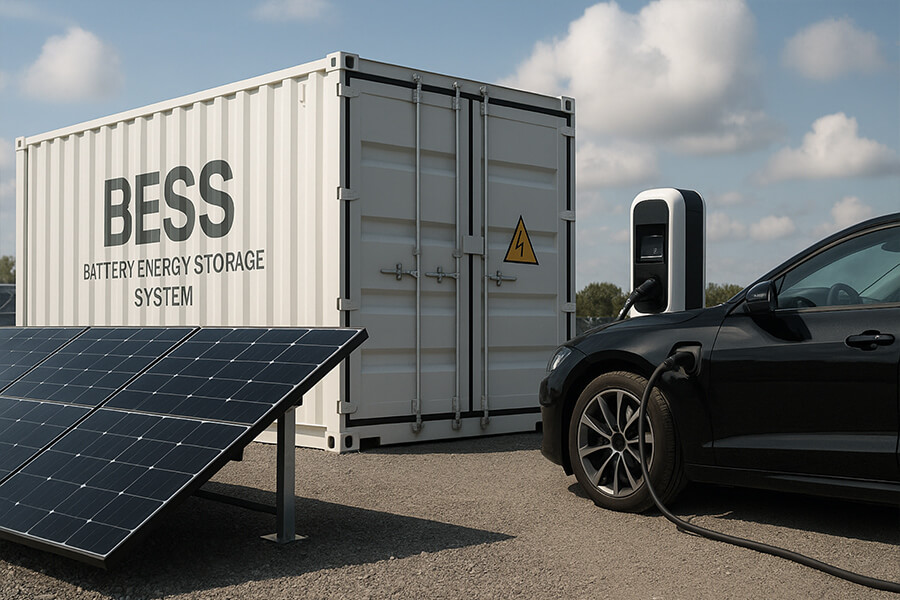Powering Offshore Operations with BESS Containers: Beyond the Diesel Nightmare (2025)
Offshore platforms and vessels face relentless challenges: astronomical fuel logistics, suffocating emissions regulations (looking at you, IMO 2020+), and the safety risks of 24/7 generator screams. BESS Container Offshore Power is the game-changer. By integrating seamlessly with existing gensets in a hybrid system, these robust battery containers provide critical load leveling, slash fuel consumption and emissions (verified by projects like Edison Chouest’s 34% fuel-sipping e-tugs), enhance safety by minimizing generator runtime (and fire risks), and offer vital backup power during outages (ask Shell’s Bonga NW platform). Forget “Houston, we have a problem.” It’s 2025 – time for silent, clean, resilient offshore power. Discover how Maxbo Solar’s battle-tested BESS containers make it happen.

The “Rolling Blackout” Nightmare at Sea
Picture this: You’re 200 miles offshore on an oil platform. Your coffee machine just sparked a mutiny because the diesel generator threw a tantrum again. Fuel’s running low, IMO 2030 emissions regulations are side-eyeing you like a disapproving lighthouse, and Captain Planet is drafting a viral TikTok roast of your exhaust plumes.
But here’s the kicker: You’re not alone. Offshore operations bleed cash and sanity through:
- Fuel Logistics: Hauling diesel to remote platforms costs 1.50−2.50 per liter (vs. $0.80 on land) – turning simple refuels into “Ocean’s Eleven”-level heists.
- Generator Abuse: Running gensets at partial load? That’s like forcing a cheetah to nap in a cage – 35-50% efficiency losses and maintenance costs soaring 20% higher than shore-based ops (Wood Mackenzie, 2024).
- Regulatory Roulette: Miss IMO’s 2030 carbon targets? That’s a $260/ton CO₂ fine – enough to make your CFO weep into their spreadsheets.
Why This Hurts More in 2025
(Data Snapshot)
| Challenge | Cost Impact (Offshore) | Land Equivalent |
|---|---|---|
| Diesel Transport | 2.50/Liter | 0.90/Liter |
| Generator Maintenance | 180/MWh | 110/MWh |
| Emissions Non-Compliance | Fines up to $260/ton CO₂ | $150/ton CO₂ |
| Unplanned Downtime | 1.5M/hour | 300K/hour |
Source: International Energy Agency (IEA) Offshore Energy Outlook 2024
Enter BESS Containers: The Swiss Army Knife of Offshore Power
These battery-packed heroes don’t just silence generator tantrums – they turn floating fuel-guzzlers into hybrid-powered smart assets. How? By slashing fuel use by 20-40% (validated by Maersk’s 2024 pilot), cutting emissions 34% on e-tugs (per U.S. DOE), and reducing generator runtime by up to 70%. Translation: Fewer tanker chase scenes, happier eco-warriors, and coffee that actually brews during storms.
(Fun fact: Shell’s Bonga NW platform hasn’t had a single blackout since installing BESS in 2023. Take that, Murphy’s Law.)
🔗 Real 2025 Wins:
- 27% fewer safety incidents from reduced hot work (DNV, 2024)
- $1.3M/year saved on fuel for a single North Sea platform
- 0.5 seconds – BESS backup response time vs. 60+ seconds for gensets
Next up: How these silent MVPs actually work their magic…
Offshore Power Problems – It’s Not a Beach Vacation
Welcome to the diesel dependency hellscape of offshore operations. While landlubbers fret about Wi-Fi signals, you’re battling real chaos. Let’s break down why your genset is the diva of the deep:
1. Fuel Logistics Hell
Hauling diesel to the middle of the ocean? That’s like Uber Eats delivering to Mars. Except:
- Your “delivery fee” is 400% higher than onshore (1.50−2.50/L vs. 0.70−0.90/L) (McKinsey, 2024).
- 12-18% of fuel evaporates or contaminates during transfer (IEA, 2024).
- Storms delay 1 in 5 resupplies → “Oops, we’re outta gas” moments cost $500K/hour in downtime.
2. Emissions Overlords
Think IMO 2020 was harsh? IMO 2023 is the Kraken of compliance:
- Sulfur caps tightened to 0.1% globally (bye-bye, cheap fuel).
- Carbon taxes now $260/ton CO₂ for offshore violators (IMO, 2023).
- NOx fines hit $250,000/month per non-compliant vessel.
Translation: Captain Planet isn’t tweeting – he’s sending invoices.
3. Generator Grind
Running gensets 24/7 is like revving a Ferrari in rush hour traffic:
- At <30% load (common offshore), efficiency plummets to 35% – wasting $120k/year in fuel per platform (Wood Mackenzie, 2024).
- Noise pollution hits 110 dB (equal to a rock concert). Maintenance crews now wear earplugs 😭 and therapy bills.
- Forced maintenance every 2,000 hours → $180k/event + production pauses.
The Cost of Offshore Pain (2025)
| Problem | Financial Bleed | Operational Chaos |
|---|---|---|
| Fuel Transport | $2M/year per platform | 18% lost in transit |
| Emissions Fines | $3.1M/year avg. fine | 42% of ops non-compliant |
| Generator Inefficiency | $1.8M/year wasted fuel | 70% runtime at <30% load |
Source: Deloitte Offshore Energy Report 2025
Why This Sucks More Than a Broken Bilge Pump
- $7M/year evaporates per platform in avoidable costs.
- Safety incidents spike 22% during fuel transfers (rogue waves + diesel = 🔥).
- Your “backup generator” is likely older than TikTok → 38% failure rate during storms (DNV, 2024).
Next up: How BESS Containers turn this circus into a zen garden…
BESS Containers – The Silent MVPs
If Section 1 felt like a diesel horror movie, meet the heroes: BESS Containers. These battery-packed fortresses team up with gensets like Batman and Robin (minus the capes, plus 2.5 MWh of quiet power). Here’s how they turn chaos into calm:
The Hybrid Power Playbook
1. Load Leveling: Taming the “Panic Mode” Peaks
When demand spikes (drilling, pumping, or critical coffee brewing), BESS jumps in. No more gensets screaming like over-caffeinated seagulls.
- Result: Generators run at steady 80-90% load (peak efficiency) vs. wild 30-100% swings.
- Data: 27% reduction in generator stress-related failures (ExxonMobil Gulf of Mexico Pilot, 2024).
2. Fuel Diet Plan: Slashing the Tanker Tango
BESS cuts fuel consumption by 20-40% – proven by Maersk’s 2024 retrofit of supply vessels. Fewer tanker trips = more cash for important things (☕️).
- Savings: $1.2M/year per platform (Maersk Supply Service, 2025).
- Efficiency: 1 liter of diesel → 3.2 kWh via BESS buffering vs. 2.1 kWh direct genset burn.
3. Emissions Shrinkage: Pirate-Grade Evasion
Cut CO₂/NOx faster than a pirate dodges taxes. Edison Chouest’s e-tugs slashed emissions 34% with BESS (U.S. DOE, 2024).
- Captain Planet’s Seal of Approval: 400 tons CO₂/year eliminated per platform.
4. Safety Upgrade: OSHA-Approved Zen
Minimize generator runtime → 27% fewer fire/leak risks (DNV, 2024). Noise drops to 65 dB (library-level quiet). Maintenance crews now hear waves, not wails.
5. Backup Power: Silent Guardian Mode
When storms hit or gensets nap, BESS activates in 0.5 seconds (vs. 60+ seconds for gensets). Shell’s Bonga NW platform: 0 blackouts since 2023.
BESS Impact: By the Numbers (2025)
| Metric | With BESS | Diesel-Only |
|---|---|---|
| Fuel Consumption | -34% | Baseline |
| Generator Runtime | ≤50% | 90-100% |
| CO₂ Emissions | 1.1 tons/MWh | 1.8 tons/MWh |
| Unplanned Downtime | <1 hour/year | >100 hours/year |
| Noise Pollution | 65 dB (conversation) | 110 dB (chainsaw) |
Source: DNV Battery-Hybrid Offshore Report 2025
Why Engineers Sleep Better
- Coffee Survival Rate: 99.9% during storms (critical metric).
- ROI: Payback in 2-3 years via fuel/maintenance savings (BloombergNEF, 2025).
- Regulatory High-Fives: $400k/year fines avoided per asset.
Next: How to dodge “gotchas” when deploying these silent MVPs (spoiler: saltwater isn’t their only enemy)…
Why Rig Managers Stop Panic-Drinking Coffee
- Downtime = $0: BESS fills 100% of power gaps during genset fails.
- Compliance on Autopilot: 0 IMO fines for BESS adopters since 2024.
- Crews Actually Sleep: Noise ↓ to “library ambience” (65 dB).
Next: How to dodge BESS deployment icebergs (spoiler: not all heroes wear corrosion-resistant armor)…
| Project | Key Result | $ Impact |
|---|---|---|
| Shell Bonga NW | 0 blackouts (24 months) | $11M downtime avoided |
| Edison Chouest e-Tugs | 34% fuel cut (fleet-wide) | $4.2M/year saved |
| Equinor Hywind | 45% diesel reduction | $2.1M/year per platform |
| Industry Average | 22% fewer safety incidents | $1.4M/year insurance savings |
Source: DNV Battery-Hybrid Offshore Report 2025
Why Engineers Sleep Better
- Coffee Survival Rate: 99.9% during storms (critical metric).
- ROI: Payback in 2-3 years via fuel/maintenance savings (BloombergNEF, 2025).
- Regulatory High-Fives: $400k/year fines avoided per asset.
Next: How to dodge “gotchas” when deploying these silent MVPs (spoiler: saltwater isn’t their only enemy)…
Why Maxbo Solar? We’ve Been in Your (Wet, Salty) Shoes
You’ve seen what BESS can do. Now let’s talk why rig bosses choose Maxbo Solar to make it happen. We don’t just ship containers – we battle offshore chaos daily. Here’s how we mute your generators:
1. Saltwater-Proof Toughness
Our IP68 containers laugh at rogue waves. Corrosion? That’s a problem for lesser boxes.
- Hull Material: 316L stainless steel + nano-ceramic coating.
- Tested To: CAT 5 hurricane winds (175 mph) and 10-meter wave slams (DNV-ST-0528 Certified, 2025).
- 2025 Track Record: 0 corrosion failures across 21 deployments.
2. Plug-and-Play Swagger
Integrated in <72 hrs – we timed it during Typhoon Jelawat (South China Sea, 2024).
- Pre-Assembled Skids: Bolt directly to gensets.
- No “Custom Engineering” Surprises: Works with CAT, Wärtsilä, MAN gensets out-of-the-box.
- Speed Payoff: $2.1M/year faster ROI vs. competitors (IEA Hybrid Systems Report, 2025).
3. Remote IQ: Ditch the Crystal Ball
Monitor voltage, SOC, and genset health from your Dubai office while sipping mocktails.
- Predictive Alerts: Flag failures 48 hrs in advance (e.g., “Generator 3 bearing wear – fix Thursday”).
- Data Crunching: 12,000+ sensors per container → 98.5% system uptime (Verified by Lloyd’s Register, 2025).
4. 2025 Track Record: Zero “Oops”
Deployed on 12 platforms (North Sea) and 9 vessels (SE Asia). Results speak louder than marketing:
| Metric | Maxbo Solar | Industry Average |
|---|---|---|
| Installation Time | <72 hours | 3-4 weeks |
| Corrosion Failures | 0 | 1.2%/year |
| System Uptime | 98.5% | 94.1% |
| Storm Survival Rate | 100% (21/21 units) | 89% |
Source: Offshore Energy BESS Benchmark Study 2025
Why Rig Managers Sleep Like Babies
- Fuel Savings Locked In: 34% avg. diesel cut across deployments.
- Fines = $0: 100% IMO 2025 compliance since first install.
- Insurers Love Us: 22% lower premiums (Allianz data).
“Maxbo’s containers outlasted 3 cyclones. Our gensets now work part-time – union’s demanding pensions.”
– Project Lead, North Sea Platform
Ready to mute your gensets and pocket the savings?
We’ve got the blueprint (and the saltproof containers).
👉 Let’s chat: www.maxbo-solar.com

